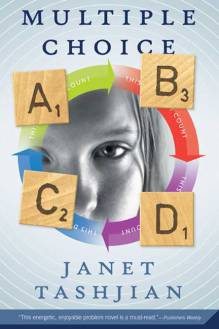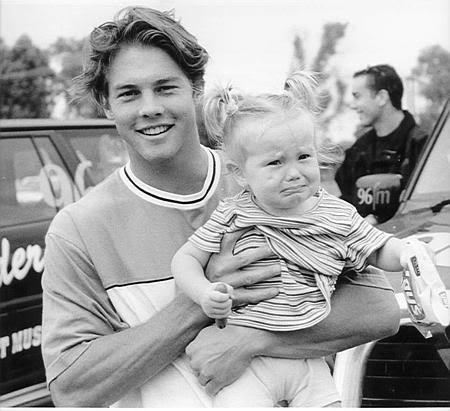 My school librarian recommended both of these books to me. Acutally, she tested them out on me. They shound interesting, she said, why don’t you read them.
My school librarian recommended both of these books to me. Acutally, she tested them out on me. They shound interesting, she said, why don’t you read them.
They did sound interesting, so I read them both. Both are good books, well drawn characters that would appeal to middle school and younger high school students. Both have good stories with happy endings that are earned and honest. Both deal with young people who have a difficult time negotiating the world socially because they are not wired like their friends are.
Mind Blind by Jennifer Roy features a teenage boy towards the more severe end of the Asperger’s spectrum. He can attend high school, he has friends there and at home, he’s even part of a garage band whose only good song is one he wrote the lyrics to.
But none of this is easy for him and none of it would be possible without the medication he takes. Medication that does not react well to alcohol which leads eventually to the most interesting part of the novel.
Overall, Mind Blind is what we’ve come to expect from novels about autism. Seven years ago, when the book was first published, this was still fairly new territory for YA fiction. Things that probably rang true in 2010, don’t ring so true in 2017. For example, it’s difficult to believe that the boy’s father would refuse to believe he really has a problem, that he really needs medication.
Because he doesn’t accept the fact that his son is not just like everyone else, he forces him to go to a party where he drinks the punch that has been laced with alcohol. Because the kids at the party don’t understand what this will do, and because they are kids, they trick him into chugging a full glass. This is the best scene in the book, one that makes it worth a read in my opinion.
The boy’s medication mixed with alcohol sends him into a dissociative state of mind that lasts for days. During this time the narration slips from reality to dream to imagination to reality as the boy goes in and out of a conscious state. It really felt like something out of William Burroughs or Malcolm Lowry.
I was impressed. Some fine writing here, Ms. Roy.
I know medications often carry warnings against mixing them with drink, but I’d never read or seen these effects depicted.
The second book in this dual-post is Multiple Choice by Janet Tashjian, published in 2010.
These two books should be considered a “deep dive” into the library archive, I guess.
Multiple Choice features a narrator so concerned about being perfect that it soon becomes clear she has an undiagnosed case of OCD. As she narrates her story we see just how difficult it is for her to think her way through even the most ordinary decision. She has such a difficult time with this, becomes so concerned that she appears abnormal to her friends and family, that she invents a system to force herself to be more spontaneous, more normal.
Whenever she is faced with a decision, she will come up with four possible actions, A, B, C and D. Easy for someone who sees all possible outcomes the moment she faces the simplest choice. Two options will be more or less normal, one will be very out of character for her and one will be a clearly bad choice, something that could get her into trouble, the kind of trouble “normal” kids who aren’t obsessed with always being perfect get into.
She’ll then draw one Scrabble tile from the bag she carries and do whatever the randomly selected tile makes her do. This works pretty well for a few days. She does have to go to school in pajamas one day, which is embarrassing, and she has to burst out in song in front of a crowd of her friends, but everything seems to be working fine, until one day the tiles force her to do something that hurts a life-long friend.
I enjoyed Multiple Choice. Mostly. I did find the ending a bit pat but I appreciated the realistic way some of her friends understood what she did and some never forgave her
So I told our school librarian four stars for both books.
That’s good! she said. Four out of five, right?
Yes, I replied. Four out of five.
Advertisements Rate this:Share this:





